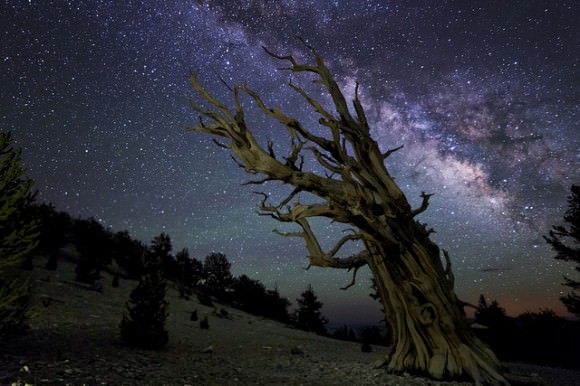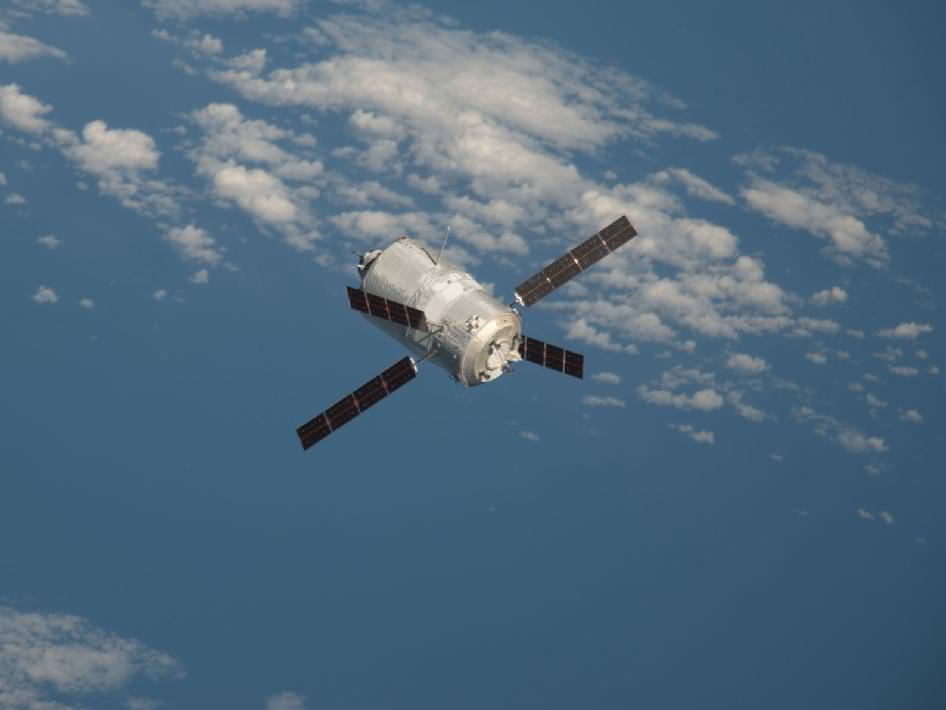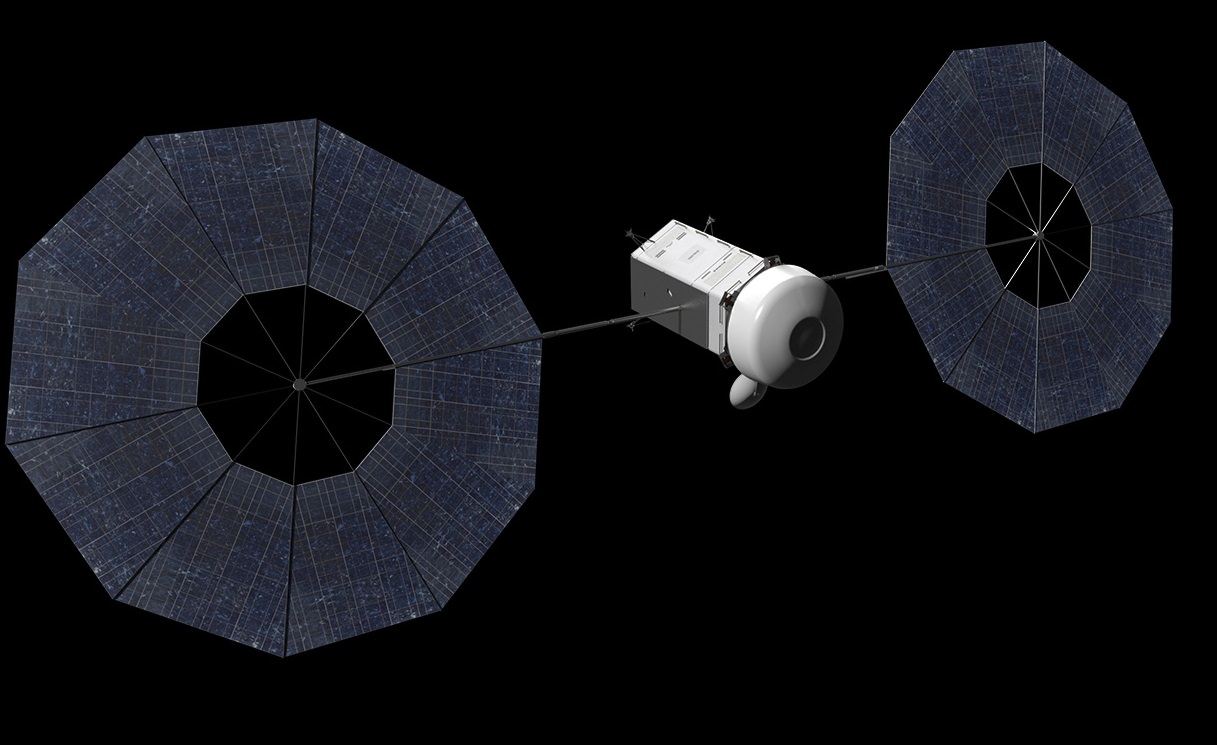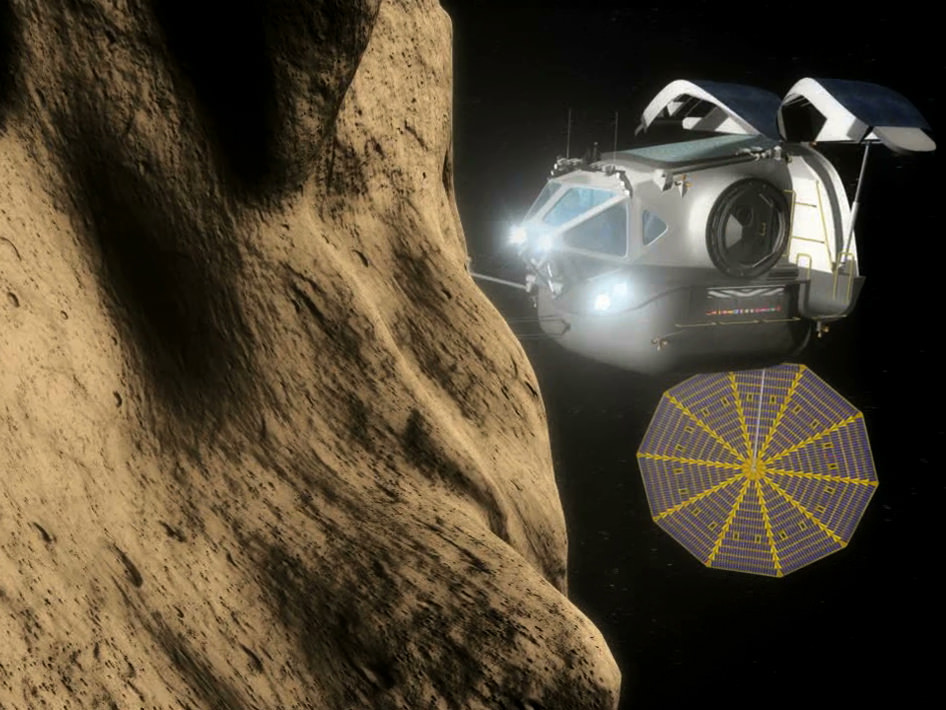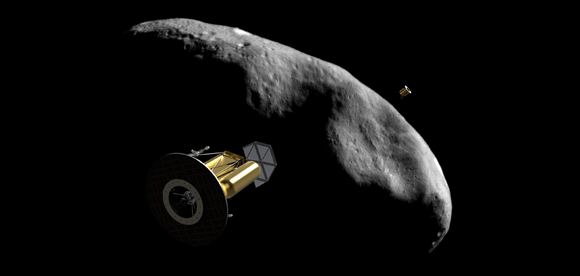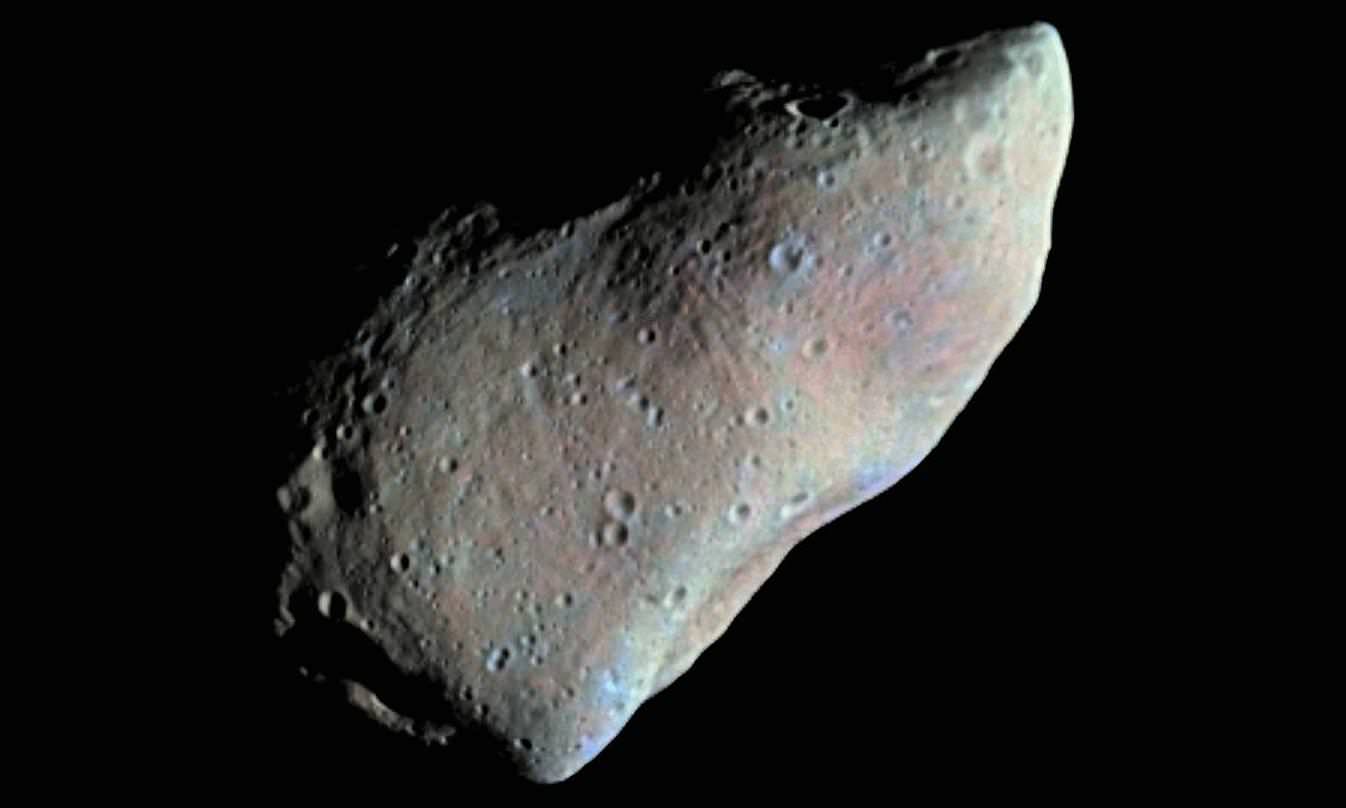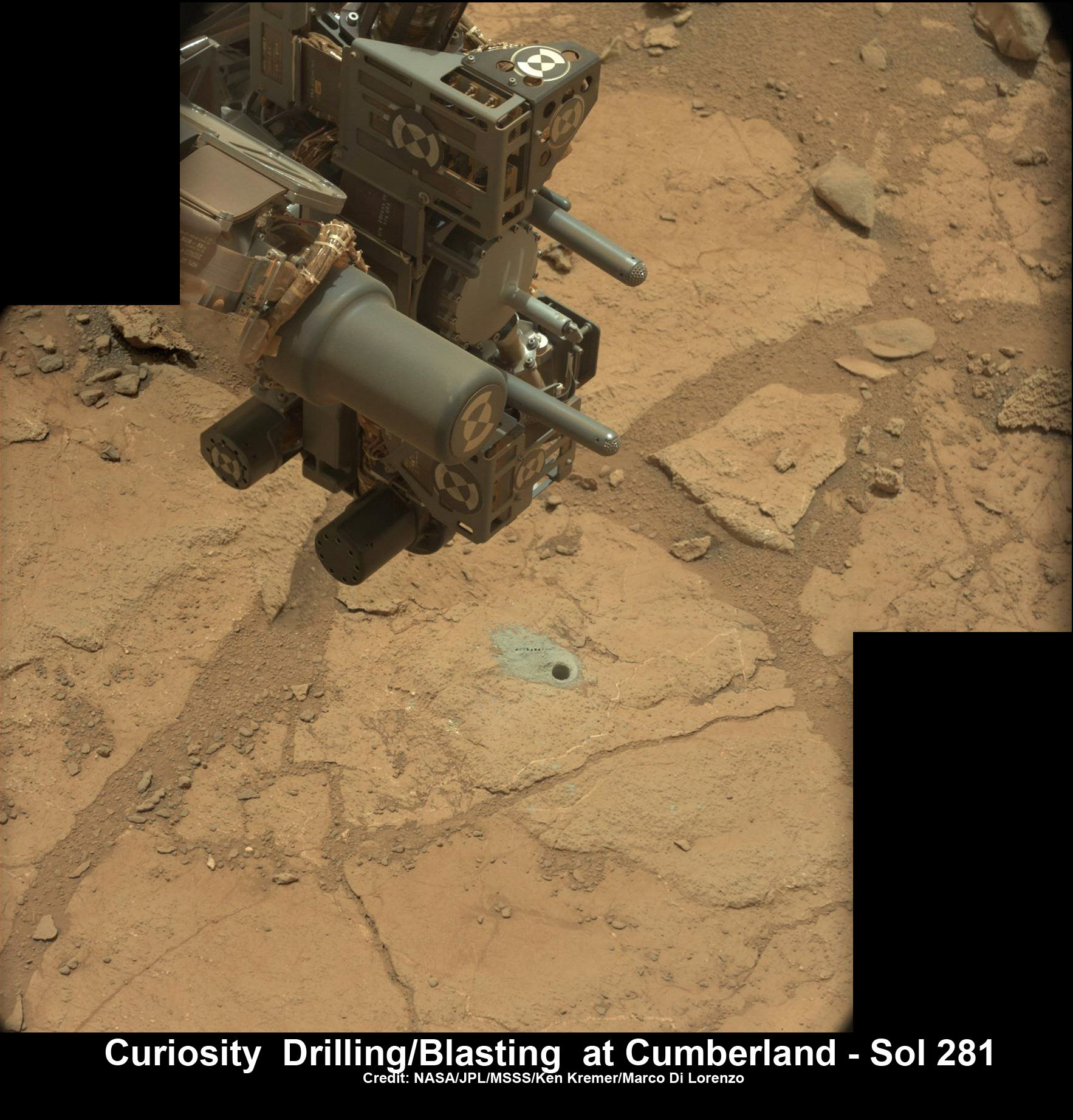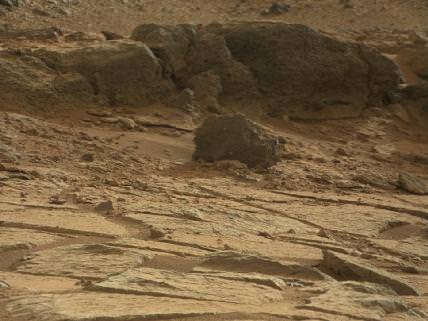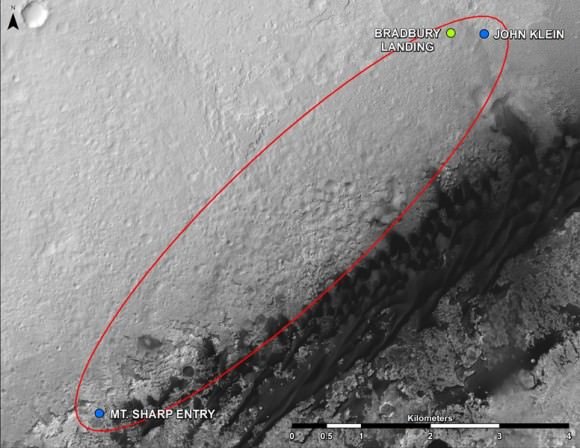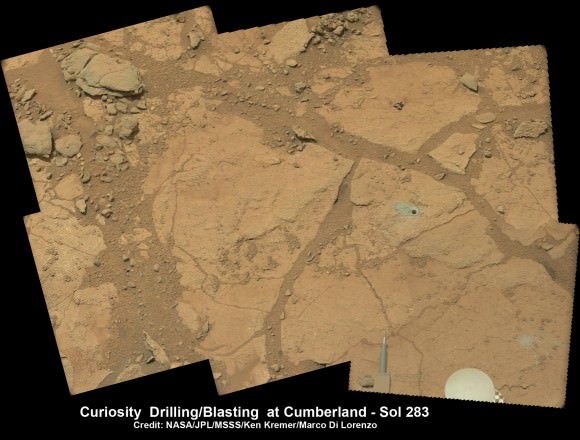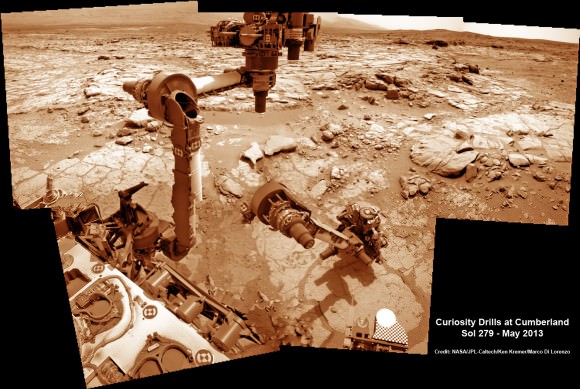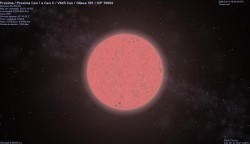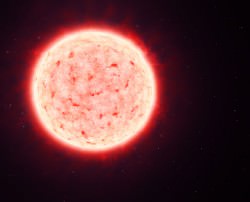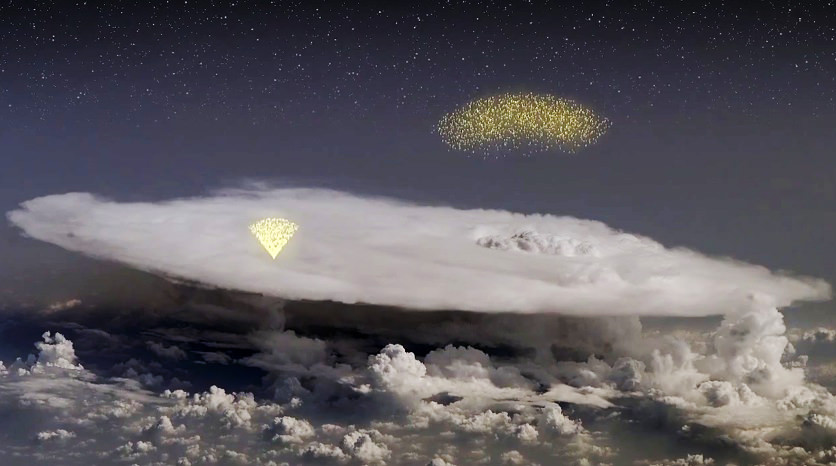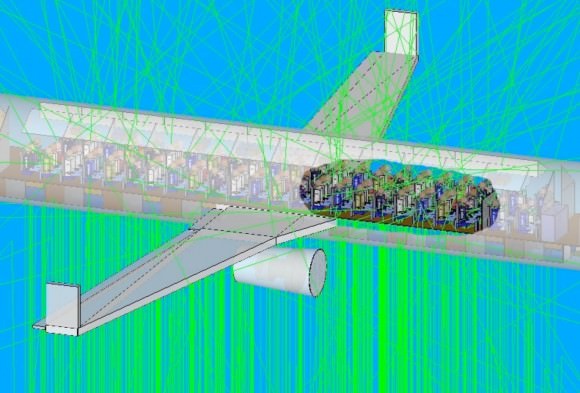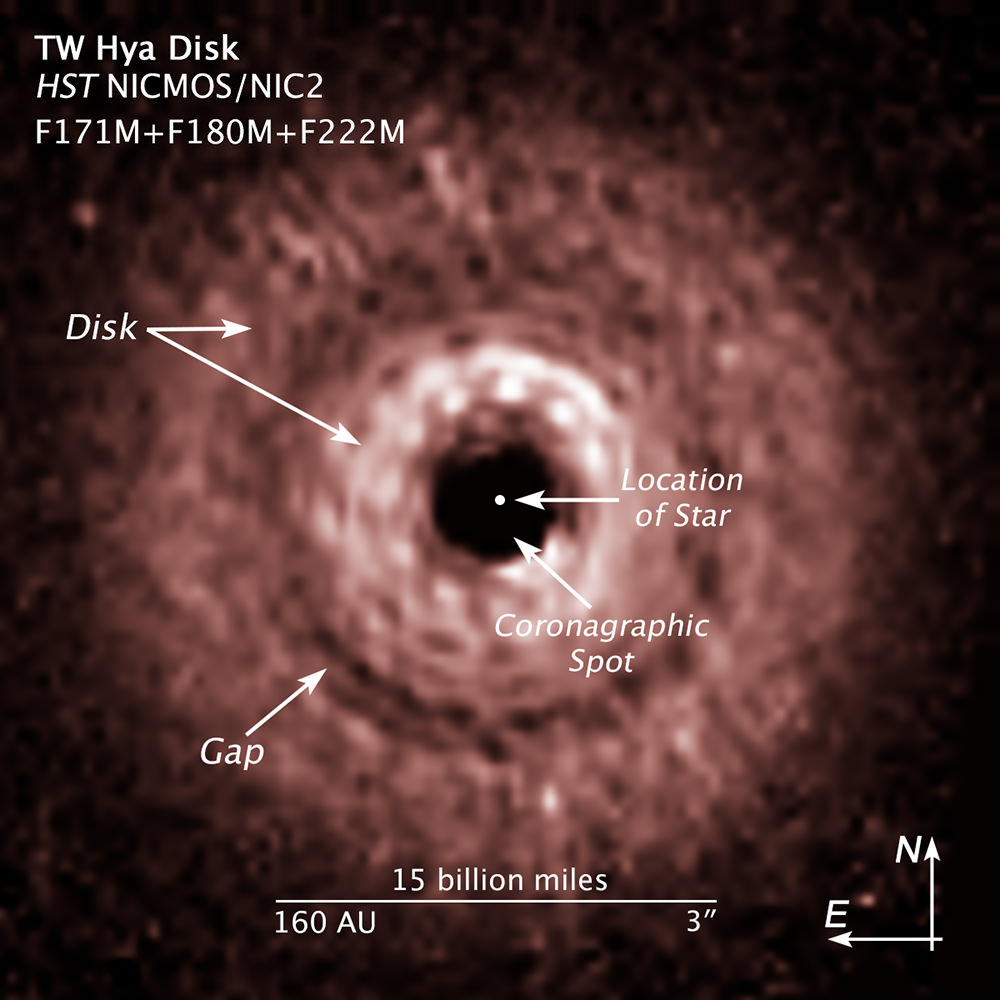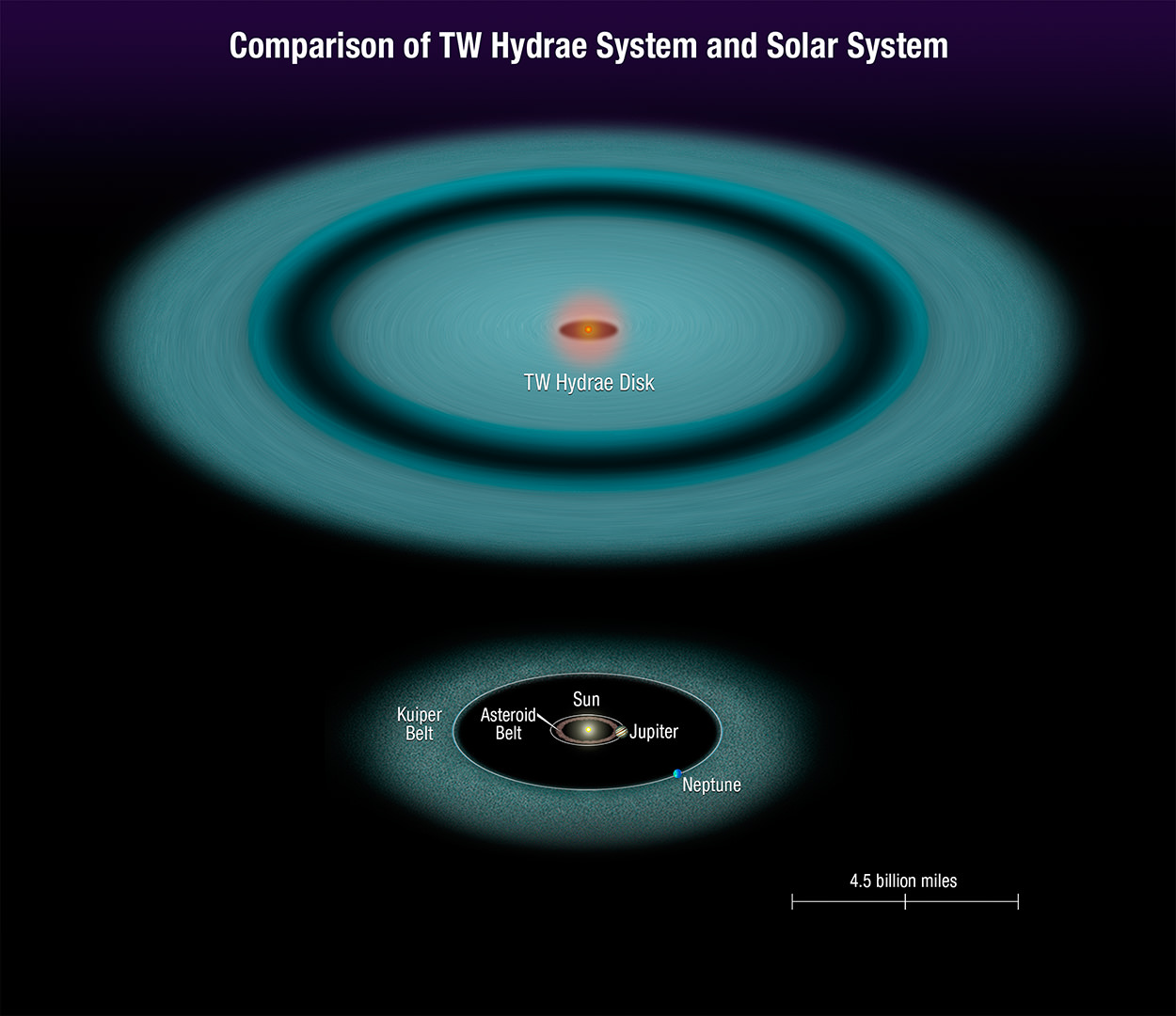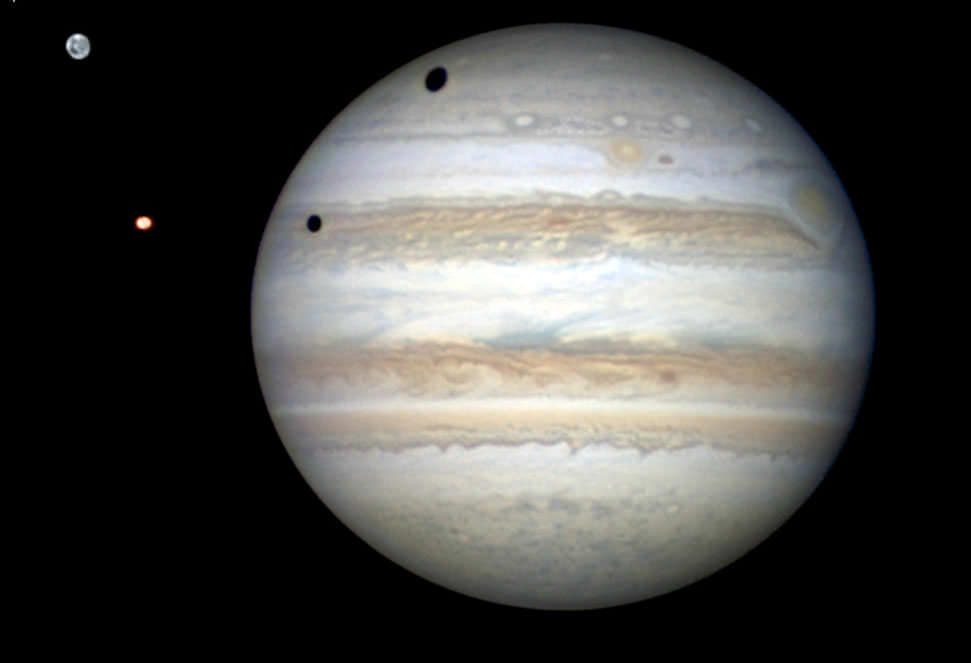50 Years ago today, Soviet Cosmonaut Valentina Tereshkova made history and became the first woman ever fly in space, when she launched aboard the Vostok-6 capsule on June 16, 1963.
The then 26 year old Tereshkova blasted off from the Baikonur Cosmodrome – following in the historic footsteps of Cosmonaut Yuri Gagarin, the first human to fly in space for a single orbit in 1961.
Her mission was far longer, lasting nearly 3 days (70 hours 50 minutes) for a total of 48 orbits of Earth at altitudes ranging from 180 to 230 kilometers (110 x 144 mi). She conducted biomedical & science experiments to learn about the effects of space on the human body, took photographs that helped identify aerosols in the atmosphere and manually piloted the ship.
“Hey, sky! Take off your hat, I’m coming!” she said in the seconds prior to liftoff.
Vostok-6 was her only space mission.

But today at age 76, Tereshkova is ready to forget retirement and sign up for a truly grand space adventure – a trip to Mars.
“I am ready [to go to Mars],” she said in remarks on the occasion of the 50th anniversary of her June 16, 1963 blastoff, according to Roscosmos, the Russian Federal Space Agency. Apparently Mars is her favorite planet!
“Of course, it’s a dream to go to Mars and find out whether there was life there or not,” Tereshkova said. “If there was, then why did it die out? What sort of catastrophe happened?”

Tereshkova’s landmark flight on Vostok-6 was made ever more historic in that it was actually a joint space mission with Vostok-5; which blasted off barely two days earlier on June 14 with fellow Soviet cosmonaut Valery Bykovsky.
Vostok-5 and Vostok-6 flew within 5 kilometers (3 miles) of one other at one point. They spoke to each other by radio as well as with the legendary Soviet Premier Nikita Krushchev. Her call sign was “Seagull”. Bykovsky’s call sign was “Hawk”.
Sergei Korolyov, the father of the Soviet space program, called her “my little seagull.”
Korolev wanted to launch a woman to space to score another spectacular first for the Soviet Union at the height of the Cold War with the United States.
So she had been selected as a member of the cosmonaut corps just a year earlier in March 1962 along with four other female candidates. Teseshkova was the only member of that female group ever to achieve orbit.
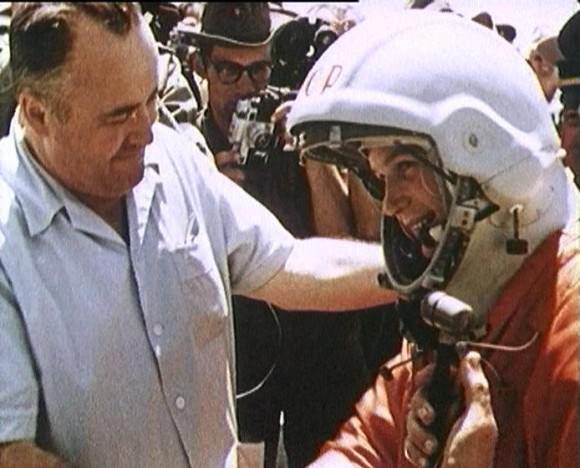
Tereshkova, a textile factory worker, was chosen in part because she was an expert parachute jumper – a key requirement at that time since the Vostok capsule itself could not land safely. So the cosmonauts had to eject in the last moments of the descent from orbit at about 7,000 m (23,000 ft) and descend separately via parachute.
It would take nearly two decades before another woman – also Soviet- would fly to space; Svetlana Savitskaya in 1982.
The first American female space flyer – Sally Ride – finally reached orbit a year later in 1983 aboard the Space Shuttle.
To date, woman comprise about 10% of the people who have flown to space-57 out of 534.
Today, June 16, there are two women orbiting Earth out of 9 humans total – NASA Astronaut Karen Nyberg aboard the International Space Station and Chinese astronaut Wang Yaping aboard Shenzhou 10.
Vostok-6 was the last of the Vostok spacecraft series.
Bykovsky flew a total of 5 days and 82 orbits. He landed 3 hours after Tereshkova on June 19.
Tereshkova became an instant heroine upon landing, a ‘Hero of the Soviet Union’ and will forever be known as the ‘First Lady of Space.’
On June 14, Russian Television aired a special 50th anniversary program celebrating the flights of Vostok-5 and Vostok-6 – “Valentina Tereshkova – Seagull and the Hawk”
And don’t forget to “Send Your Name to Mars” aboard NASA’s MAVEN orbiter- details here. Deadline: July 1, 2013
…………….
Learn more about Mars, Curiosity, Opportunity, MAVEN, LADEE and NASA missions at Ken’s upcoming lecture presentations
June 23: “Send your Name to Mars on MAVEN” and “CIBER Astro Sat, LADEE Lunar & Antares Rocket Launches from Virginia”; Rodeway Inn, Chincoteague, VA, 8 PM





